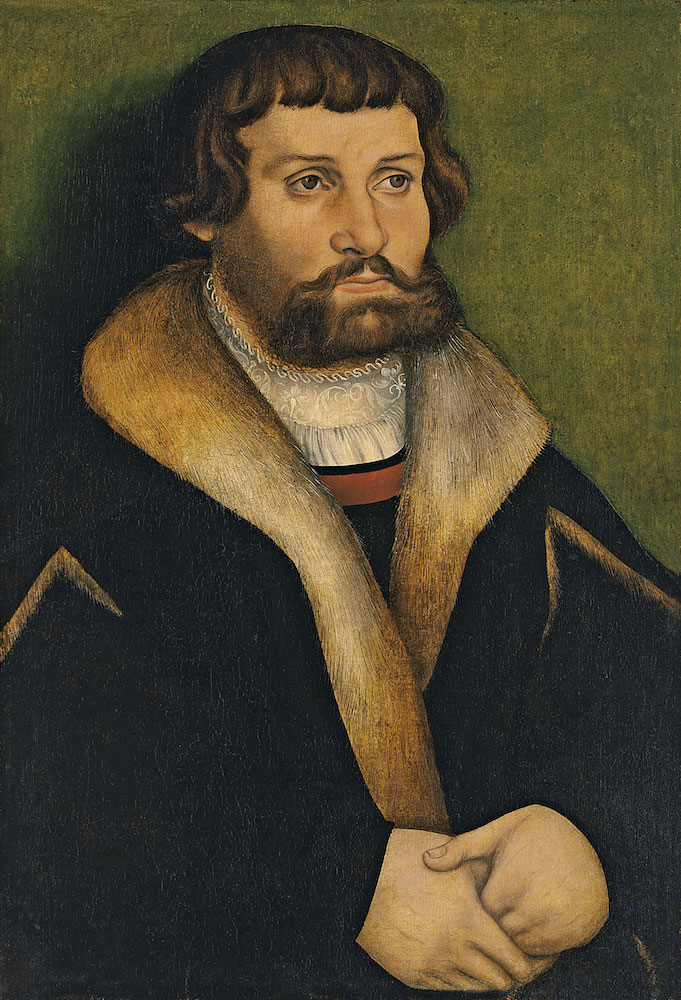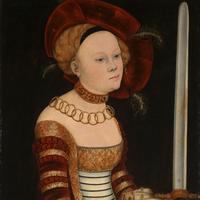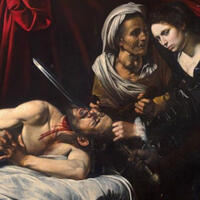More about Hans Cranach the Younger
Works by Hans Cranach the Younger

Sr. Contributor
Hans Cranach the Younger showed great promise in his brief career, but will always be overshadowed by his much more famous father, Lucas Cranach the Elder.
Lucas the Elder was one of the most influential painters of the Northern Renaissance, bringing German art into the Sixteenth Century with his graphic depictions of nude or opulently clad beauties in various mythological poses, such as Adam and Eve and Judith and Holofernes. The head of Holofernes doesn’t fall far from the neck (or is it Eve’s apple doesn’t fall far from the Tree of Knowledge?).
Hans the Younger took on the family business, adopting his father’s signature style and iconic themes to the extent that many art historians say their works are indistinguishable, save for the difference of their initials. If Hans or the historical record could talk, they might reveal daddy issues enough for a bestselling memoir. Unfortunately for us, the record is almost dead silent on the subject. In fact, the world was unaware of his existence until three centuries after his death.
Like Lucas (who painted at least eight sexually charged Judiths with severed heads), Hans seems to have had a bit of a decapitation fetish. One of his few signed works is Portrait of a Saxon court lady as Judith with the head of Holofernes (1537), in his father’s own style of low-cut gown of scarlet velvet and flaming red hair as she holds her grizzly souvenir. Unlike his father, however, Hans’ Judith doesn’t have a provocative, direct stare. Rather, Hans seems more interested in the severed head (which is lovingly rendered) than his vacant sitter … kinky fellow.
Another of Hans’ most recognizable works that he borrowed from Daddy’s repertoire is his Hercules at the Court of Omphale (1537). According to legend, Hercules was sold into slavery to Queen Omphale as punishment for murder, where he was forced to wear women’s clothes and do feminine tasks by the Queen and her ladies. While it can’t be said Hans improved much upon his father’s narratives or style, we can at least say that he inherited the Elder’s obsession with badass chicks who don’t take crap from brutish men.
Perhaps Hans may one day have developed his own craft beyond the shadow Lucas the Elder, but sadly we’ll never know as he died at the age of 24. The art world would not remember him for three centuries, but his passing was recorded at the time in Martin Luther’s “Table Talk” and contemporary German poet Johann Stigel celebrated his work. At least he made an impression on somebody in his brief tenure as the second-best Cranach, a distinction later assumed by his little brother Lucas Cranach the Younger who inherited the family studio.
Featured Content
Here is what Wikipedia says about Hans Cranach

Hans Cranach (ca. 1513–1537), also known as Johann Lucas Cranach, was a German painter, the oldest son of Lucas Cranach the Elder. German art historian Johann Christian Schuchardt, who discovered his existence, credits him with an altar-piece at Weimar, signed with the monogram "H. C.", and dated 1537. He died at Bologna in 1537. Luther mentions his death in his Table Talk, and Johann Stigel, a contemporary poet, celebrates him as a painter.

Check out the full Wikipedia article about Hans Cranach













